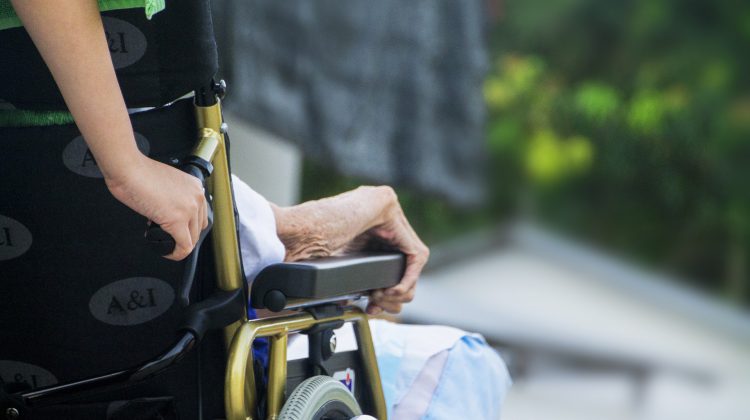A University of British Columbia research project aims to give rural communities the evidence they need improve health services in multiple sectors.
The Rural Evidence Review (RER) research project is led by UBC’s Jude Kornelsen, an associate professor at the Department of Family Practice. Kornelsen says citizens, patients and indigenous partners are all involved in their research, which takes aim at improving health services in the Interior, including the East and West Kootenay. The RER survey’s objective is to understand rural patient priorities for health services (available here: bit.ly/ruralevidencereview).

Co-Director, Centre for Rural Health Research
“The data and evidence, rightly so, is often in the hands of the decision makers, which they need to move forward with their planning process,” says Kornelsen. “But communities have a strong voice and clear sense of what needs to happen at a local level, and they often don’t have the data and evidence at their fingertips in the same way. So it’s not really a level playing field.”
An ongoing survey administered through the RER points to lack of rural transportation, poor travel conditions, lack of family doctors and remote specialists as major concerns that need addressing. Kornelsen says this means it is not just one decision maker, but multiple ministries, local governments and the Province who need to work together to find unique solutions to address the needs of each community. The RER is the first of many steps.
“To do that we had to backtrack a little bit and ask communities what their priorities are,” adds Kornelsen. “It would then end up into a research answer, which will be translated again into a policy or an advocacy answer.”
As of August 2019, more than 75% of respondents of the RER survey identify as female and more than 130 of respondents say they work in the medical field. The full summary of the RER survey may be found in this link. In it, many of the same obstacles that rural communities face are identified.
These include:
- Mountainous terrain and dangerous weather make travelling to other communities for care very difficult.
- Some communities feel that they are the source of health care services for too many neighbouring communities, making it hard for local citizens to access care
- Rural citizens face physical and financial barriers when travelling for health care
- Patients are often referred to outside of their rural community for specialist, diagnostic and testing services and experiencing long wait times
- Avoiding or missing treatment as a result of the difficulties and costs associated with needing to travel for care
RER survey respondents also offered solutions:
- Allow inter-provincial care for communities closer to services in Alberta
- Improve transport services to and from medical care outside of the community
- Improve the roles or capacity of health care providers other than physicians, such as nurse practitioners and community nurses
- Create walk-in clinics or community health centres to reduce patients’ reliance on emergency services, wait times, and the need to travel
RER Research Coordinator Christine Carthew works closely with Kornelson at UBC’s Centre for Rural Health Research in the Department of Family Practice.
She points to the golden hour, the decisive first 60 minutes following a heart attack, as one of the main worries for Kootenay residents in remote communities.

“They’re concerned that they won’t be able to access care fast enough if they were to have a heart attack,” says Carthew.
By working in partnership with committees, Carthew says she receives insight from both outside and within the groups that can implement meaningful change.
“The [RER] has various advisory groups,” Carthew adds. “One of these groups is made up of policy and decision makers across the province. Those are representatives from the Ministry of Health, the regional health authorities and First Nations Health Authority.”
Due to the scope of the RER, some communities involved in the study face larger obstacles than others. Kornelsen says even identifying which communities need help the most can also change in an instant.
“Aside from a few stable communities in terms of how their services compliment [each other], They’re in flux. So all it takes in a lot of small communities of for one [medical professional] to become ill, or one couple who decides to leave. There’s very little redundancy. So at any given time there’s are a strata of communities that are vulnerable. But they change. That is part of the planning challenge.”
***
The Rural Evidence Review project is far from over. The project’s end date set for march 2021. It is funded through the Strategic Patient-Oriented Research Unite by the Canadian Institutes of Health Research and the B.C government.
The RER survey is available until the project’s end in March, 2021 and can be accessed here: bit.ly/ruralevidencereview
The survey to understand patients’ out-of-pocket costs when travelling for health care is available here: http://bit.ly/CostsRural.
For the full interview between Juice FM Host Jensen Shields and both Jude Kornelsen and Christine Carthew listen to the link provided below.
Be sure to leave a comment. What do you think needs to be addressed and prioritized when it comes to health services in the Kootenays?




